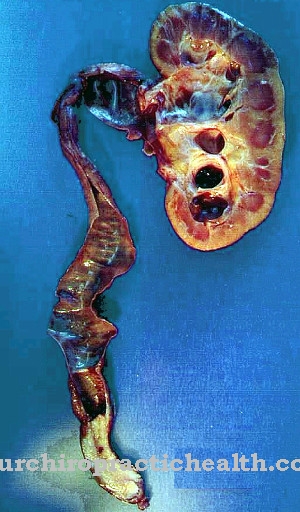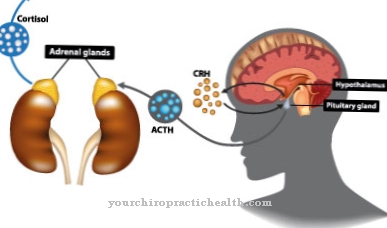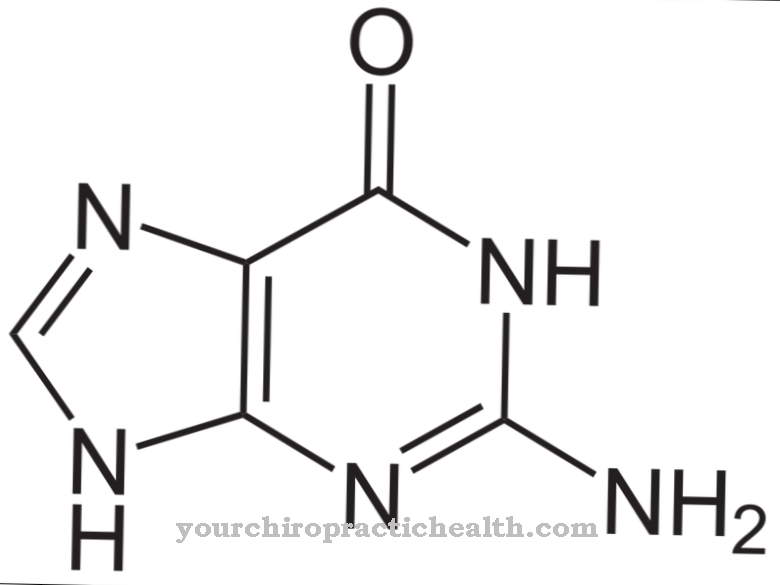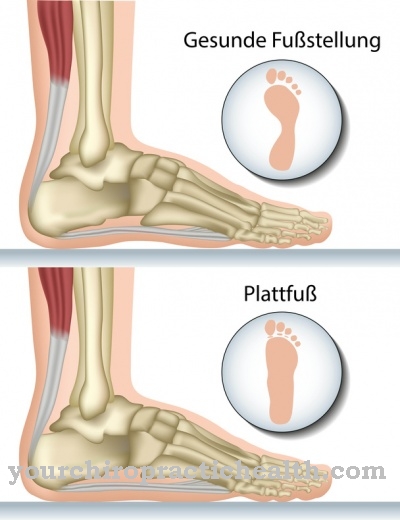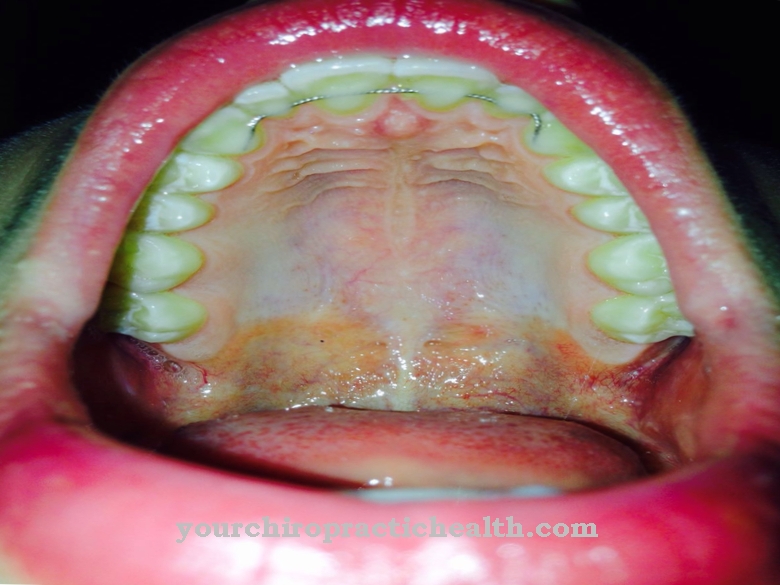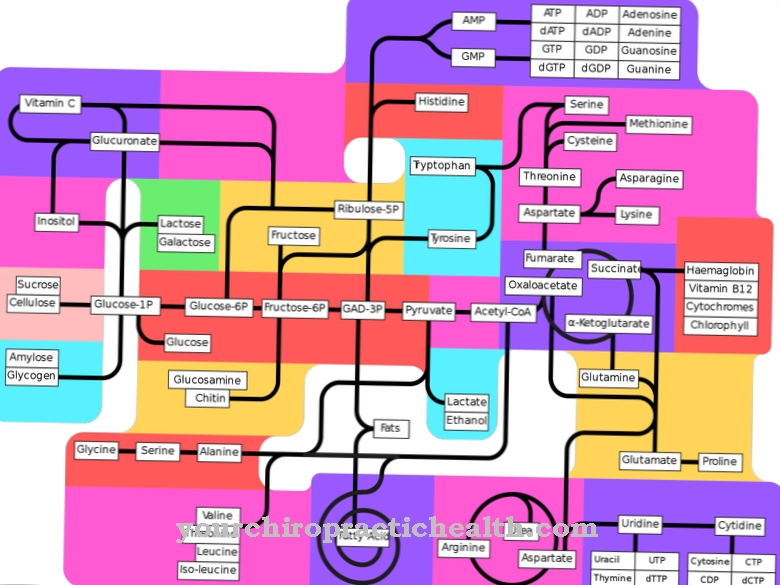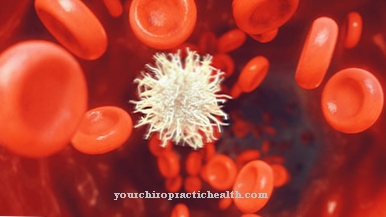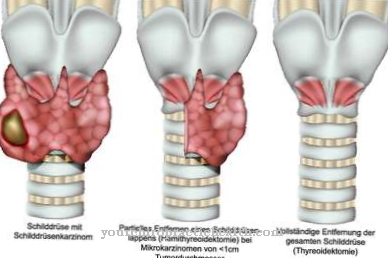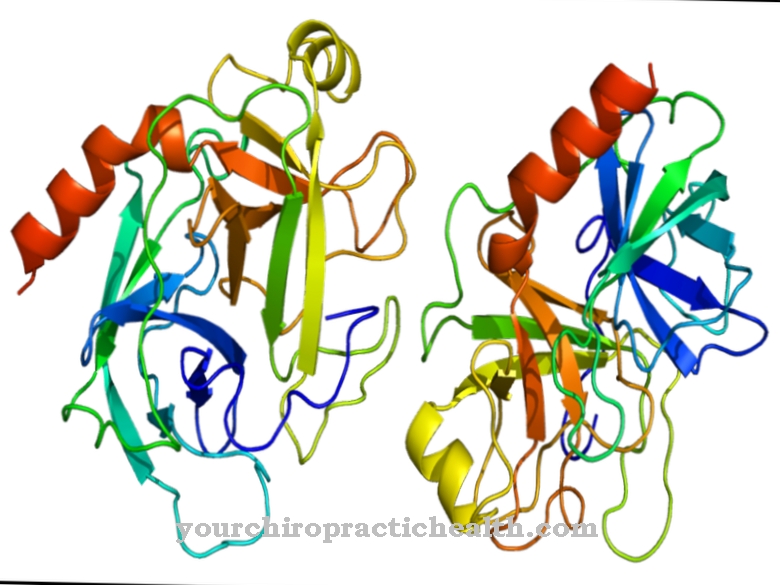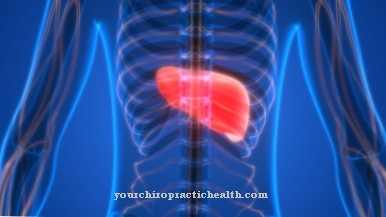Cytostatics are toxins that suppress the growth and division of cells. In chemotherapy, doctors use this property of cytostatics.
What are cytostatics?

Cytostatics (Singular: cytostatic) are substances that prevent or inhibit cell growth. The effect takes place either in the stage of cell division (mitosis) or during the growth phase between the divisions. Generally speaking, these are cell toxins.
The term “cytostatic agent” is mainly used when it comes to the destruction of higher cells. What is meant are organisms that have large cells with a nucleus and chromosomes. However, some cytostatics affect all cell types, including lower forms of life such as bacteria. Special agents that kill microorganisms are commonly referred to as antibiotics, although they are literally cytostatics as well. (The other way around, one could also call cytostatics antibiotics.)
Cytostatics are generally known as drugs in the context of chemotherapy for malignant tumors (malignant ulcers). But cytostatics are also suitable for the treatment of other diseases.
Application, effect & use
Cytostatics start at different points on the cellular level. Some prevent the regular structure of the cyto-skeleton. These are the finest protein threads that contribute to mechanical stabilization inside the cell. Some cytotoxic drugs prevent the correct replication of the hereditary molecule, the DNA. Others disrupt the distribution of chromosomes to daughter cells during cell division. Some cytostatic drugs suppress the protein metabolism in the cells, which makes cell division impossible due to a lack of mass.
Cytostatic agents primarily affect tissue types in which rapid cell growth with high division rates takes place. Because this is the case in tumors, cytostatics have a special - but unfortunately not exclusively - effect on cancer cells. The use of cytostatics in chemotherapy is preferred after operations. Despite the removal of the visible tumor, the smallest daughter tumors (metastases) can remain in the body. In the operating area, even individual cells may have peeled off and form a new growth. The cytostatics are used to completely eliminate these residues.
Autoimmune diseases are another indication for cytostatics. These are incorrect reactions of the immune system, which for unknown reasons attacks the body's own substance. The work of our immune system is linked to a high production rate of leukocytes (white blood cells). For this reason, cytostatics also act as immunosuppressants, which shut down excessive body defenses. However, this is a relatively underutilized potential of cytostatics.
Herbal, natural & pharmaceutical cytostatics
Cytostatics are mostly organic, rarely also inorganic substances. Most of these compounds are made synthetically.
Sometimes they are nature-identical active ingredients with plant-based models. The spectrum of cytostatics is so extensive that a practical classification is difficult even for experts. A classification according to molecular mechanisms of action has become increasingly established, but this sometimes ignores the chemical substance classes.
The phytomedical aspects of cytostatics in chemotherapy are remarkable. For example, attempts were made to treat cancer with the poison of the autumn crocus. Colchicine (Colchicum: "Herbstzeitlose") could not prove itself here, but the cell division blocker is prescribed for gout. Other herbal active ingredients actually work against tumors such as topotecan from the Chinese lucky tree (Camptotheca) or paclitaxel from yew trees (Taxus).
On the other hand, the platinum compound cisplatin belongs to the purely inorganic cytostatic agents. The substance attaches to the DNA and thereby stops cells from dividing. Some cytostatics were originally developed as anti-infection drugs and were designed to inhibit the growth of bacteria.Then cancer-relevant chemotherapy turned out to be the actual indication area for these cytostatics.
Risks & side effects
Cytostatics have serious side effects due to their aggressive properties. The organs in which there is high cell division activity are particularly affected. The constantly renewing intestinal mucosa is therefore affected by the effect of the cytostatics.
The result is the sometimes enormous nausea during chemotherapy. There is also a high rate of mitosis in the bone marrow. As a result, erythrocyte formation is impaired, as is the production of white blood cells. The result is anemia (anemia) and a weakened immune system. The mutagenic (genetic modification) properties of the cytostatics are also serious. Even the development of cancer can be a side effect of acute life-saving chemotherapy.
The side effect of hair loss is less serious. Hair is dead cells stacked on top of each other. As a result, hair growth requires constant cell division. This is why the cytostatics have an effect here too.








